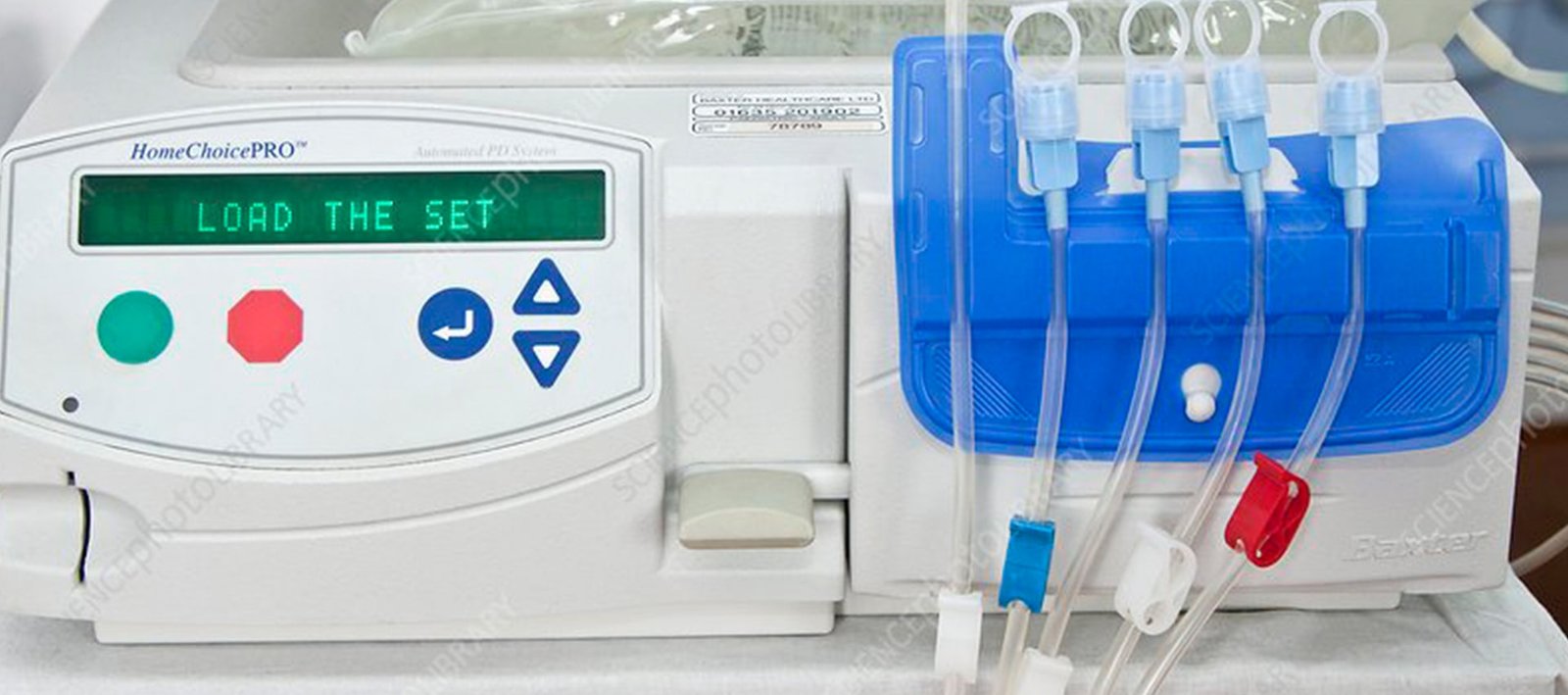In this the inflow and outflow of the fluid is controlled through an automated machine and which is usually done during night time and its exchanges are of shorter period of time could be combined 1 or 2 manual exchanges with fluid. During day time the benefit of CAPD is slow ongoing dialysis which is more physiological, no vascular access is required.
It is a painless procedure that is not required to go to hospital and can be performed at home.

